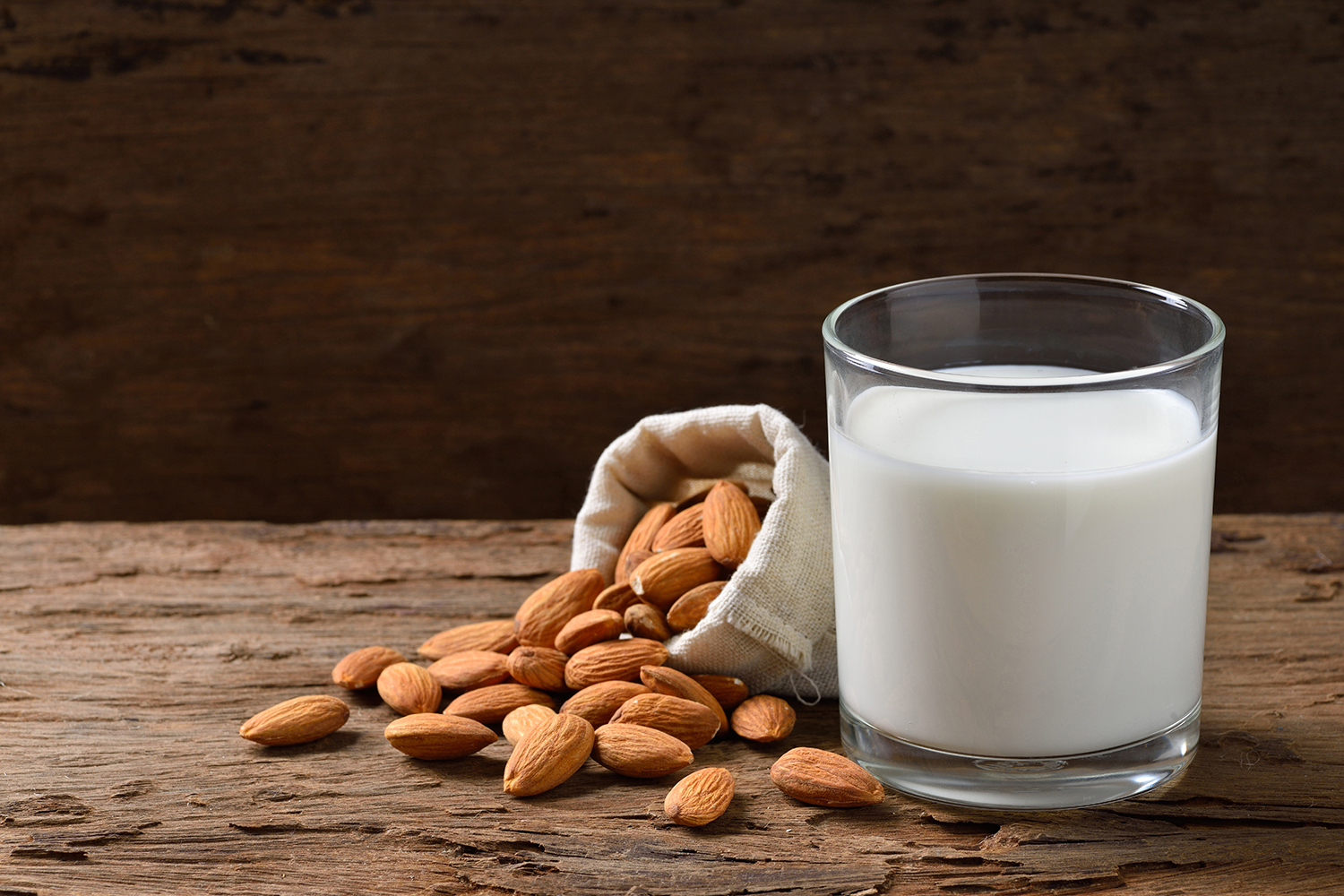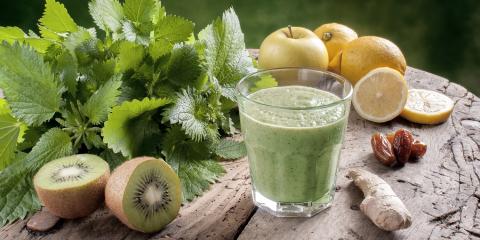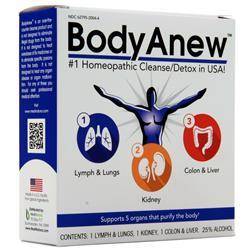Does someone in your family have dairy allergies or sensitivities? Are you trying to reduce or eliminate dairy products from your diet? Or are you just in the mood to try something new?
21 percent of Americans use milk alternatives. If you’re seeking a non-milk product for drinking, pouring over cereal, or to use as a nondairy substitute for cooking and baking, you won’t have any trouble finding several on your grocer’s shelves.
But how do you know which to choose? Flavor is an important element, of course, and you and your family may want to hold taste tests to see which ones you all prefer. But there are other factors to keep in mind as well, including nutritional value, possible contraindicators (you don’t want to replace one allergen with another, for example), and how particular milk alternatives stand up to baking.
Here’s the lowdown on some of the most popular products.
| Nutrition | Taste/Texture | Suggested Uses | Notes | |
|---|---|---|---|---|
| Soymilk | Per 8-ounce glass, low-fat plain: 60 to 90 calories; 4 to 6 grams (g) protein; 1.5 to 2 g fat; 20 to 45 percent recommended daily calcium intake. | Distinctive soy flavor with a bit of an aftertaste; consistency and color compare to cow’s milk. | Baking; lightening coffee or tea. | Many brands made from genetically modified seeds, so choose Certified Organic or Non-GMO Verified soymilk. Soy allergies and intolerances tend to be common. |
| Almond Milk | Per 8-ounce glass, unsweetened plain: 30 to 50 calories; up to 1 g protein; 2 to 2.5 g fat; 30 to 45 percent recommended daily calcium intake. | Pleasant almond flavor with a hint of sweetness; drinkable, creamy consistency. | Adding to hot drinks, especially coffee; soups, pancake batter, and over cereal. | Not for consumption by people with nut allergies. High in vitamin E. The debate is still on over what has been called excess water use in growing almonds in drought-stricken California, with some calling the nut a scapegoat that draws attention away from the complexity of the issue—and noting that other crops require even more water. |
| Coconut Milk | Per 8-ounce glass, unsweetened or original: 40 to 80 calories; 0 g protein; 4.5 to 5 g fat; 30 to 45 percent recommended daily calcium intake. | Coconut flavor varies among brands from mild to strong; consistency like cow’s milk. | Pour over cereal; add to coffee and tea; use in baking and in frozen treats. | High in saturated fats, but also contains lauric acid, which has been shown to have antiviral and antibacterial properties. |
| Rice Milk | Per 8-ounce glass, unsweetened: 90 to 130 calories; 1 g protein; 2 to 2.5 g fat; 30 percent recommended daily calcium intake. | Sweet, with a watery consistency similar to skim milk. | Cooking; drinking plain; pouring over cold cereal. | Among the least likely beverages to cause allergic reactions, but it also may contain arsenic—so drink no more than 1⁄2 cup a day and don’t give regularly to kids under 5. |
| Hemp Milk | Per 8-ounce glass, 70 to 140 calories; 2 to 3 g protein; 5 to 7 g fat; 30 to 50 percent recommended daily calcium intake. | Nutty; thick and chalky consistency. | Smoothies, sauces, frozen treats. | Rich in omega 3s and 6s. |
| Oat Milk | Per 8-ounce glass, 130 calories; 4 g protein; 2.5 g fat; 35 percent recommended daily calcium intake. | Somewhat powdery aftertaste; mild, creamy, and slightly sweet. | Over cereals; in white sauces. | Low in saturated fat. |
Up-and-Coming Plant Milks
Demand for plant-based products is strong and growing, which is leading to innovation and experimentation with a new wave of dairy milk alternatives.
While you may not see them in the supermarket anytime soon, here are three up-and-coming plant milks hoping to make their mark:
-
Pea Milk
Pea milk has a color, consistency, and taste similar to cow’s milk, and offers 7 grams of protein per serving. It’s also a more environmentally friendly alternative to dairy and requires less water to produce than some other plant- based milks.
-
Pistachio Milk
Pistachio milk has less than 100 calories per cup (on par with skim milk), but its off-brown color may make it less appealing than other plant-based milks. However, pistachio milk does offer more protein than some of its competitors.
-
Potato Milk
Potato milk, rich in starch, has a similar appearance to cow’s milk. Because growing potatoes requires fewer resources than some other plants used to make dairy milk alternatives, it may be a good choice for those who want to reduce their environmental impact.





